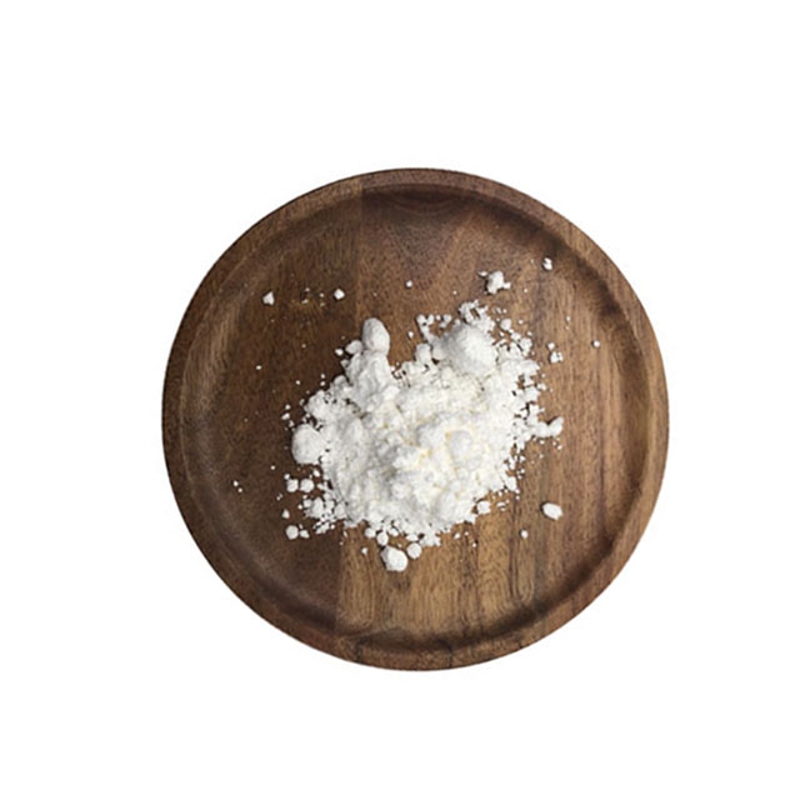Analysis of wheat seedling situation in Shanxi Province in mid February 2005
-
Last Update: 2008-11-03
-
Source: Internet
-
Author: User
Search more information of high quality chemicals, good prices and reliable suppliers, visit
www.echemi.com
Introduction: the temperature of most counties (cities) in the province is low in this ten day, except for some counties (cities) with less precipitation, most of the other counties (cities) have more precipitation and less sunshine Winter wheat is still in the period of stopping growing in ten days There is a little precipitation and low temperature in the wheat area, but there is snow cover, which has little effect on the safety of winter wheat The ten day average temperature of the whole province is between - 14.0 and 0 ℃ Among them, the temperature is between - 14.0 and - 5.1 ℃ in the north, between - 7.9 and - 2.6 ℃ in the middle, and between - 6.3 and 0 ℃ in the south Compared with the same period over the years, except for Lingshi which is 2 ℃ higher, other counties (cities) are 2 ~ 5 ℃ lower The extreme minimum temperature in ten days is between - 33.2 and - 9 ℃, which occurs on the 11th or 19th-20th day This ten day winter wheat in Shanxi Province is still in the period of stop growing The accumulated temperature of wheat area ≥ 0 ℃ is between 353-704 ℃ Except that Jiexiu, Fenyang, Salt Lake area, Linyi and Ruicheng are 10-98 ℃ less than the same period of the previous years or close to the year, most of the other counties (cities) are 14-126 ℃ more than the same period of the previous year In ten days, most of the counties (cities) in the north central part of our province fall to moderate snow, and most of the counties (cities) in the province are covered with 1-15cm snow, which provides a green winter wheat However, sunshine is less in the whole province, which is harmful to the growth and development of greenhouse vegetables.
This article is an English version of an article which is originally in the Chinese language on echemi.com and is provided for information purposes only.
This website makes no representation or warranty of any kind, either expressed or implied, as to the accuracy, completeness ownership or reliability of
the article or any translations thereof. If you have any concerns or complaints relating to the article, please send an email, providing a detailed
description of the concern or complaint, to
service@echemi.com. A staff member will contact you within 5 working days. Once verified, infringing content
will be removed immediately.







